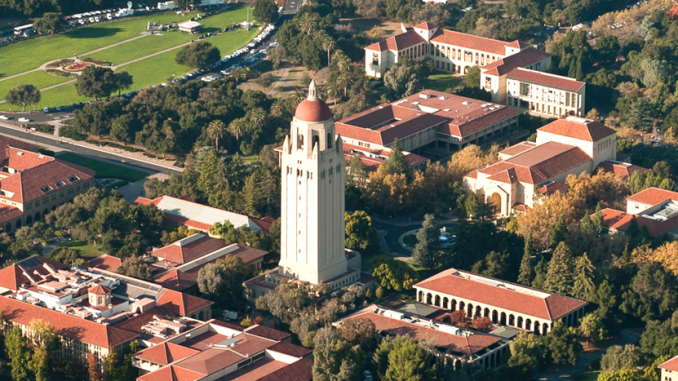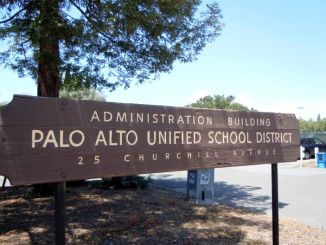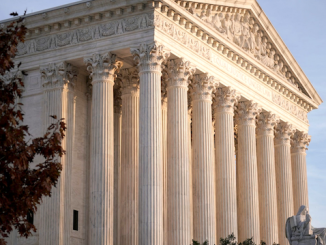
BY ALLISON LEVITSKY
Daily Post Staff Writer
The Palo Alto school board decided Tuesday (Jan. 30) to urge Santa Clara County to require Stanford to set aside land for a third on-campus elementary school for the children of the 9,600 new students, faculty and employees expected to flood campus if the university is allowed to expand by 2.3 million square feet.
“I think this is a very big deal. This issue of setting aside land for a school on the north side of campus will affect 100 years of students at Stanford,” school board trustee Todd Collins said. “It goes to the heart of what we provide as a project, which is neighborhood schools.”
Without an elementary school serving children who live in Stanford West, Bond Program Manager Bob Golton said, those students would be left to travel across El Camino Real and downtown Palo Alto to get to schools in the northern part of the district, or to cross Page Mill Road to get to Barron Park and Juana Briones elementary schools.
Traffic concerns
Both El Camino and Page Mill see heavy traffic at rush hour. On Page Mill, drivers often speed well over 50 mph.
Another alternative would be to increase enrollment at Lucille M. Nixon and Escondido elementaries — the two schools already on campus — but that would make for another unattractive option for students, Golton pointed out.
“We’re reluctant to, I guess, compromise on the education at those two sites, the educational experience,” Golton said.
The request will come in a letter from the school district outlining eight other points about the dis- trict’s position on Stanford’s 2018 General Use Permit application, or GUP, which the county Board of Supervisors will need to approve to allow Stanford’s planned growth over the next 17 years.
Tax exemptions
The letter, which has been revised since a first draft was brought to the school board last month, calls for Stanford to commit to not seek tax exemptions for new homes it builds or buys and to include the school district in the decision-making process for future projects under the 2018 GUP. The concern is that if Stanford buys a house and then declares it will be used by an employee supporting the academic aspects of the university, it will be exempt from property taxes, which reduces the money the school district could receive.
The school board is also asking that Stanford revise its student generation rate, the predicted average number of K-12 students expected to live in each housing unit, from 0.66 to 0.98, based on new data from the DecisionInsite Residential Research Summary for fall 2017.
School board trustee Terry Godfrey, noting that she worked as the Stanford Graduate School of Business’ Finance Director from 2004 to 2007, pointed out that the school district and Stanford have a “beneficial and mutually symbiotic relationship.”
Godfrey said she thought Stanford had always made an effort to create an “ecosystem” for its students and employees that made it an attractive place to work, with daycare centers and other resources on campus.
“As my colleague Mr. Collins said, having schools in places where kids are is part of what we do,” Godfrey said.
School board president Ken Dauber recused himself from the discussion because his wife, Michele Dauber, teaches at Stanford Law School.



